Pricey Food Delights Change Homes!!
Caviar and Black Truffles: the most exclusive food.
Caviar and black truffles have been on the table of history makers for many centuries. Caviar based dishes were the most refined delicacy offered at Peter The Great banquets in Russia. French novelty felt in love with the item around the 16th century. Some historians trace caviar prominence in today’s Iran to the era of Emperor Dario of Persia. By the end of the 19th century, the amount of Russian caviar being exported already exceeded 100 tonnes. Hamburg was the trading and transshipment port for Russian caviar.
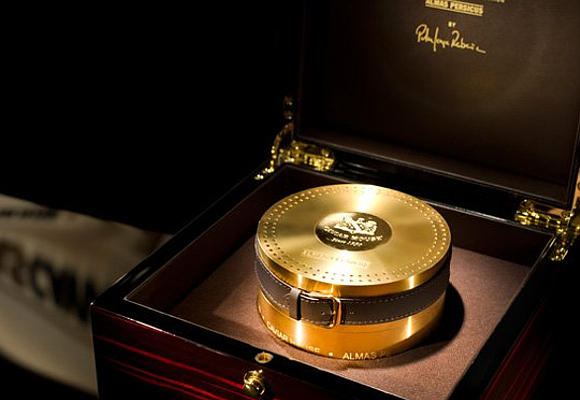
From Hamburg, caviar proceeded to the rest of Europe, particularly France where records of caviar inclusion in royalty menus date to King Francis II. Russian caviar was produced from sturgeon females caught in the Caspian Sea, particularly the Baku region, this together with Iranian caviar was the most desired and expensive caviar in the world. Not any longer!! Two revolutions ( Bolshevik 1917 and Iranian 1979) plus overfishing, poaching, and pollution in the Caspian Sea and Russia’s Volga River drove the species of sturgeon that produces the treasured beluga, osetra, and sevruga caviars to the brink of extinction.
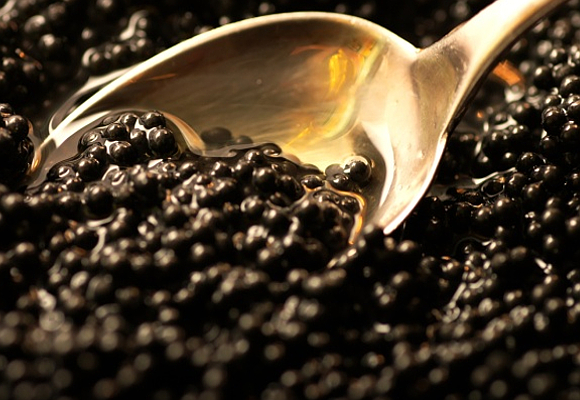
To protect the imperiled population, nations that are signatories to the Convention on International Trade in Endangered Species (Cites) established rules for protecting the species which are not completely observed given the state of political chaos the ensued the fall of the Soviet Union. This led American entrepreneurs to try their luck with the precious food item fifteen years ago.
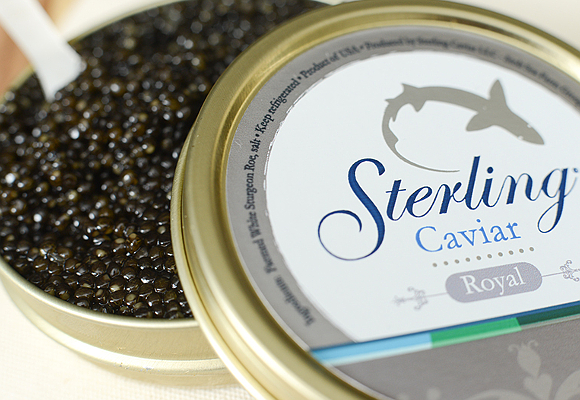
And they have succeeded!! Sterling Caviar located in a small village of the Sacramento Valley generates between $10-15M per year in revenues. Sterling represents 60% of US caviar production and its output is placed in the high end restaurant chains even before it is bottled. Estimates of the value of the global trade run anywhere from $50 million to $100 million. According to International Aquatic Research, farmed caviar production almost doubled from 2005 to 2010, when it hit 125 tons.
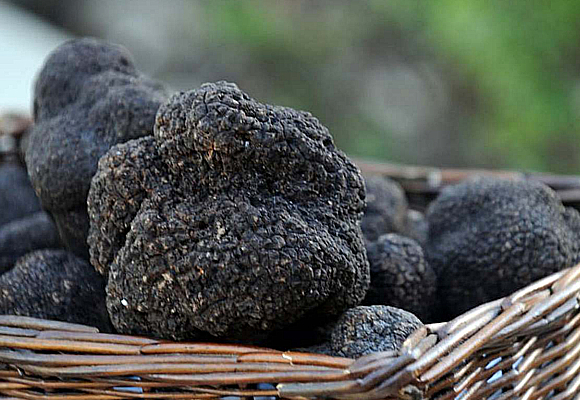
Black truffles on their part, are also changing home. Spain and California are the newly selected destination to farm this ugly looking mushroom. The black truffle is one of the world’s most desirable culinary treasures, a rare delicacy that has adorned the tables of European royalty for centuries. Most valuable black truffles have been Italian and French Perigord.
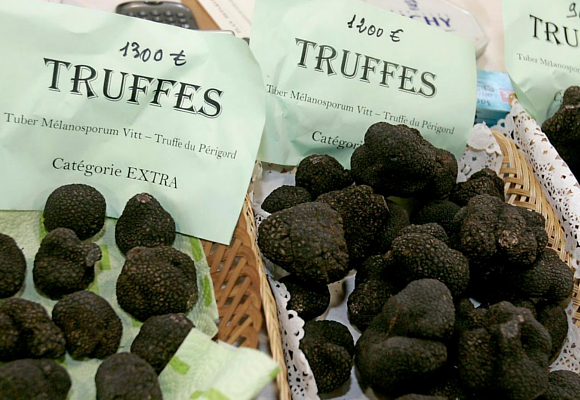
In France, farmers have cultivated black truffles for at least 200 years. But as weather changes have taken a toll on French crops and gastronomy is impacted by immigration, new suppliers are emerging in countries such as Australia and Spain, where many black truffles are now farmed. Most recently China jumped into the fray.
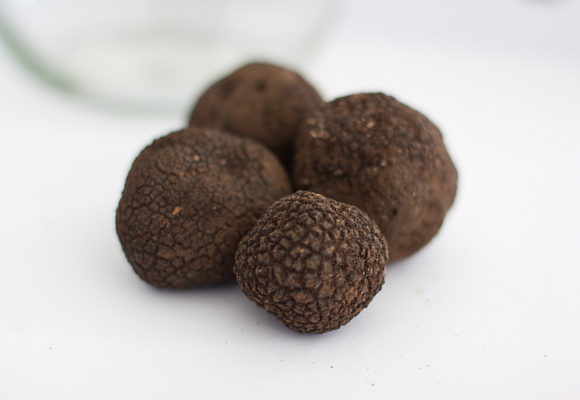
According to the New York Times France produced last year 56 metric tons of truffles, compared with a peak of 1,040 tons in 1904, as recorded by the French federation of truffle growers. Spain’s production, on the contrary, has been growing rapidly to about 45 tons a year. 95% of Spain’s production is exported to France and other countries. At an average price of E 600 per pound, this seems like a very wise strategic shift for Spanish farmers!!
